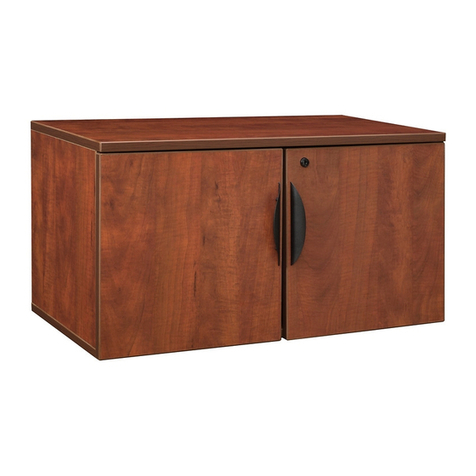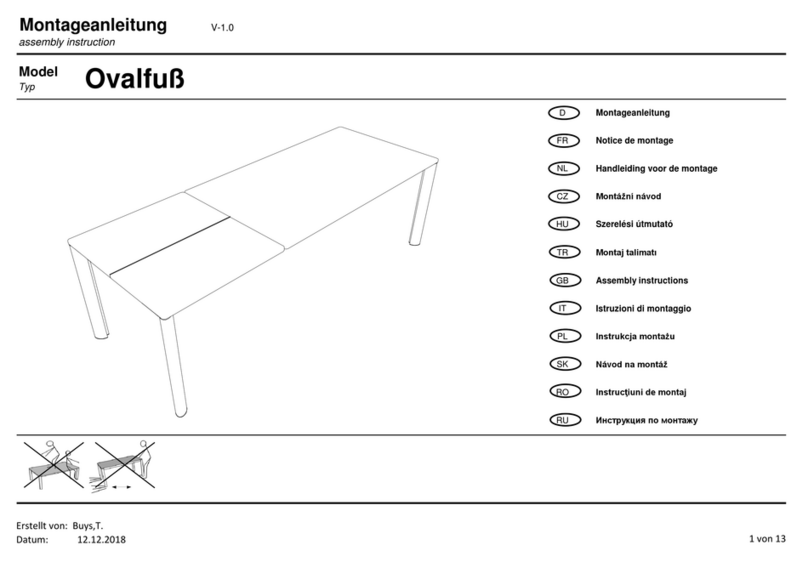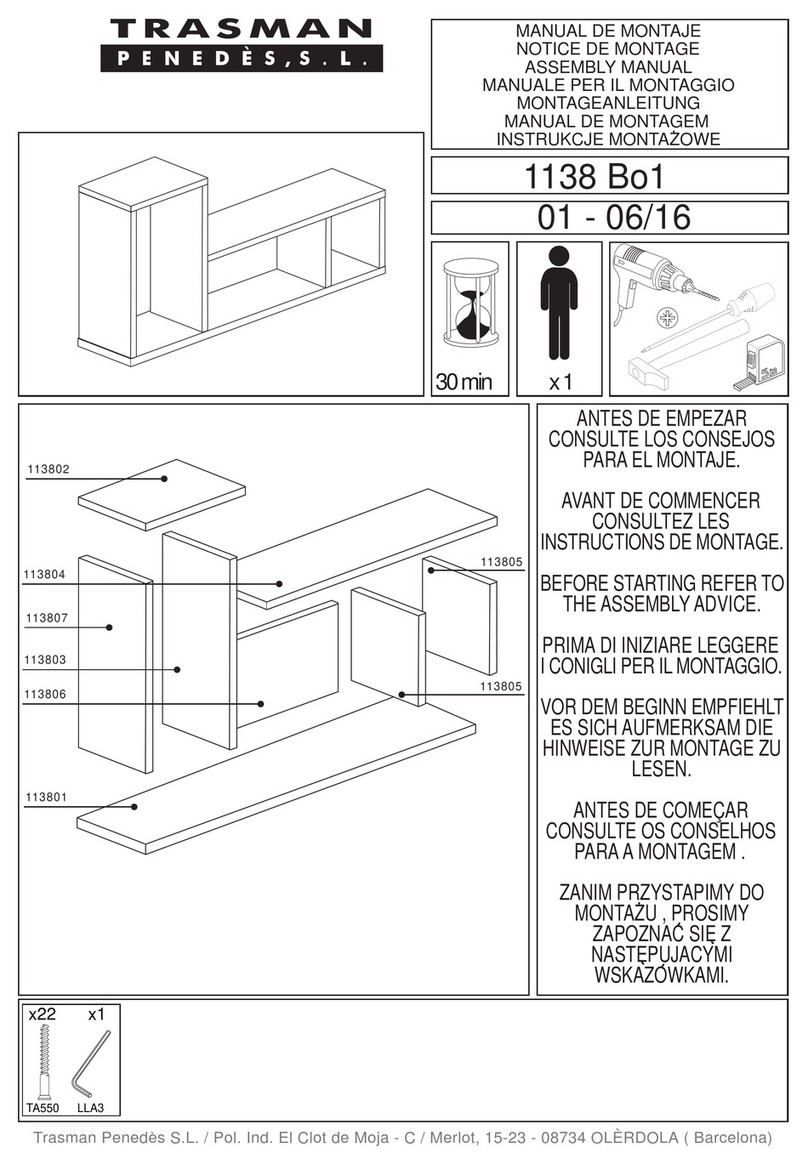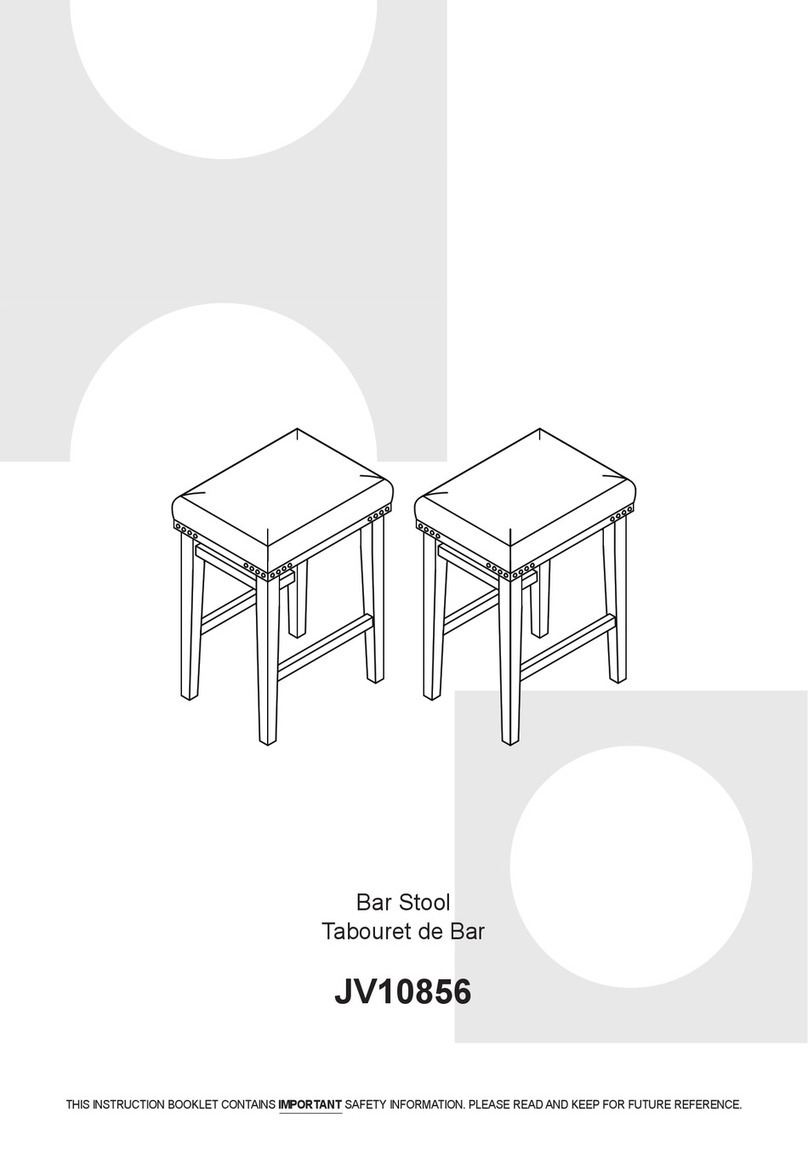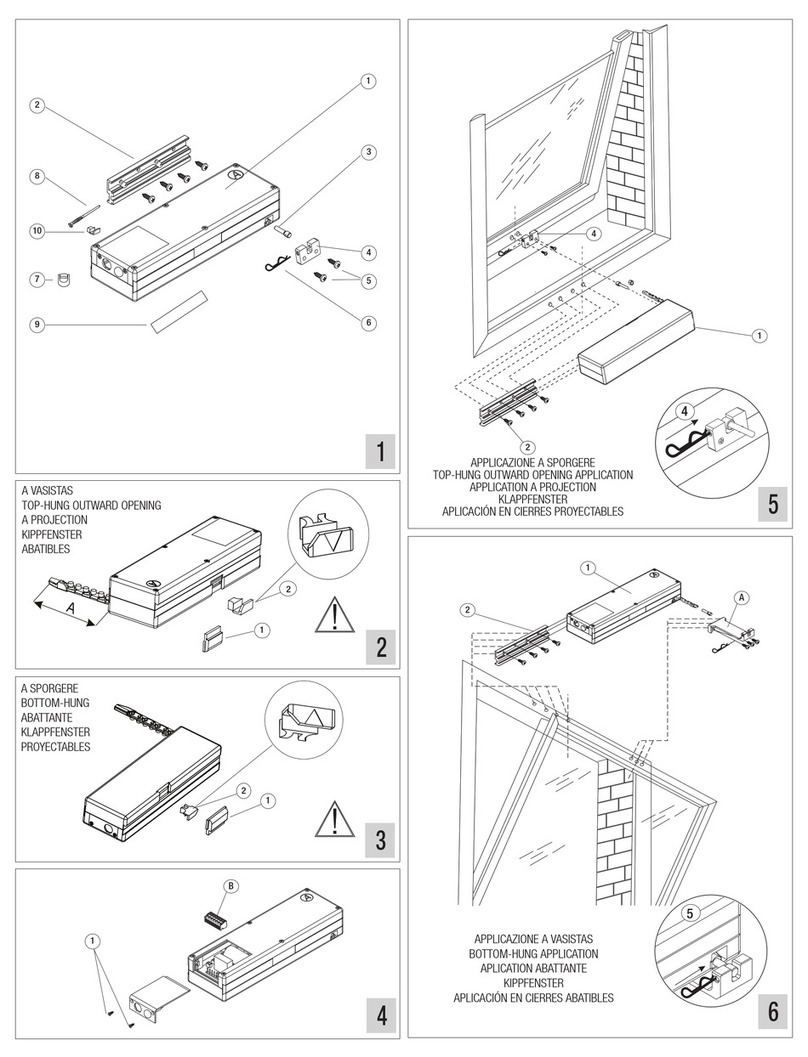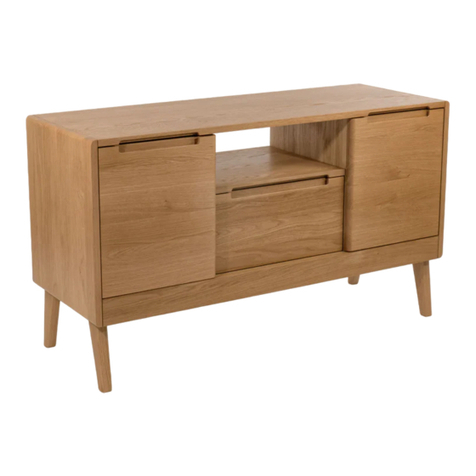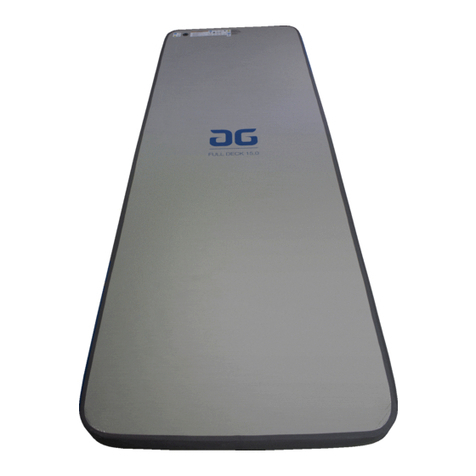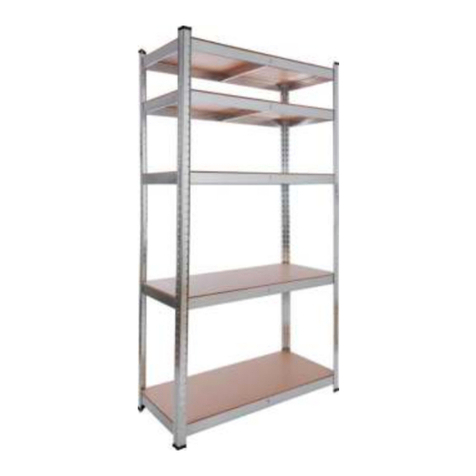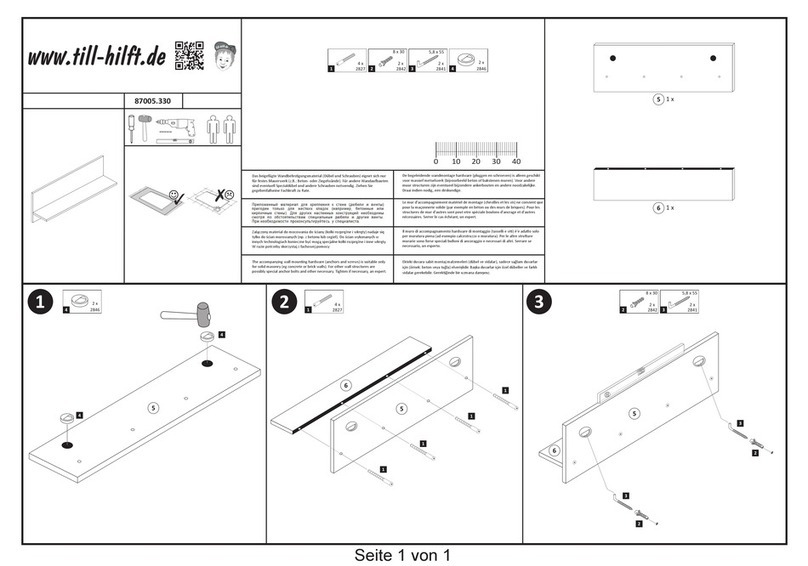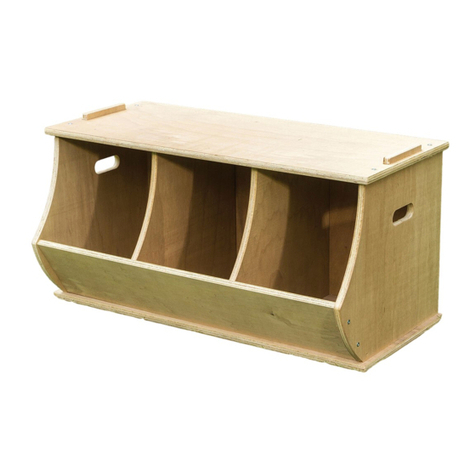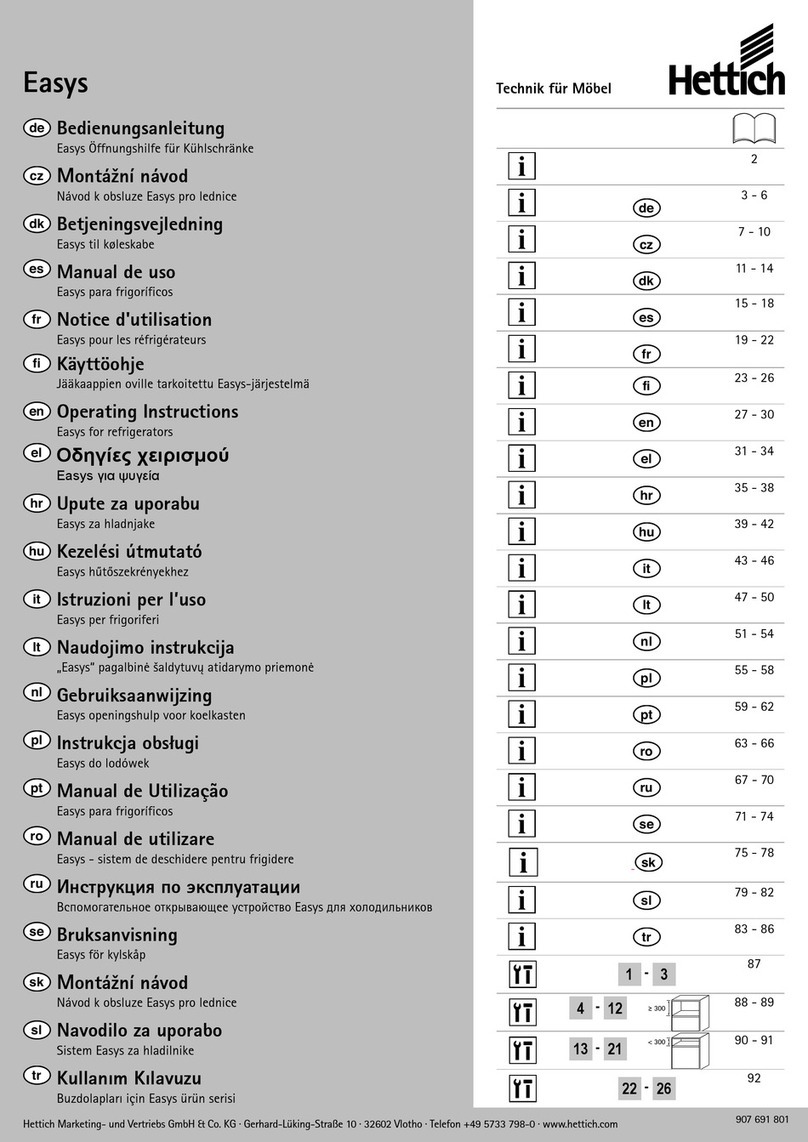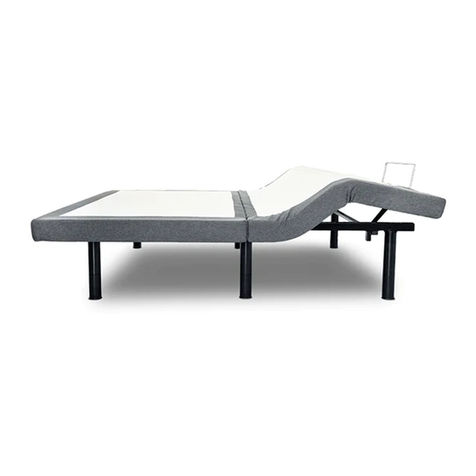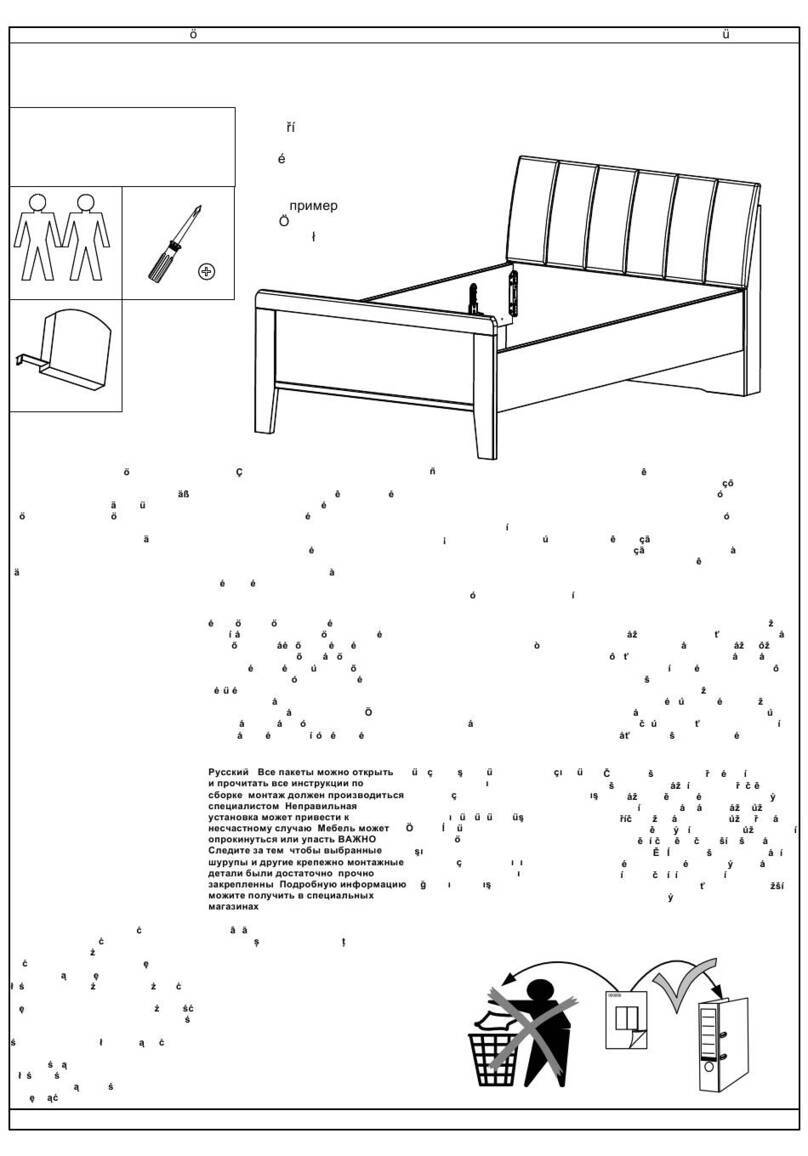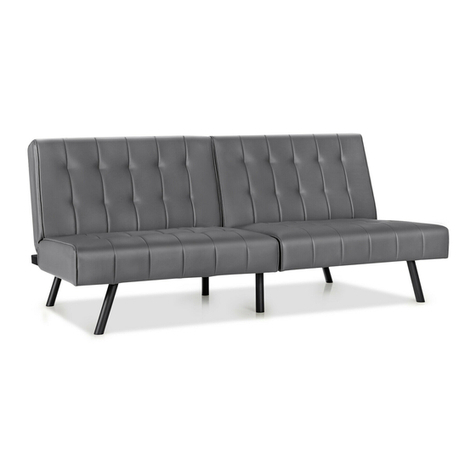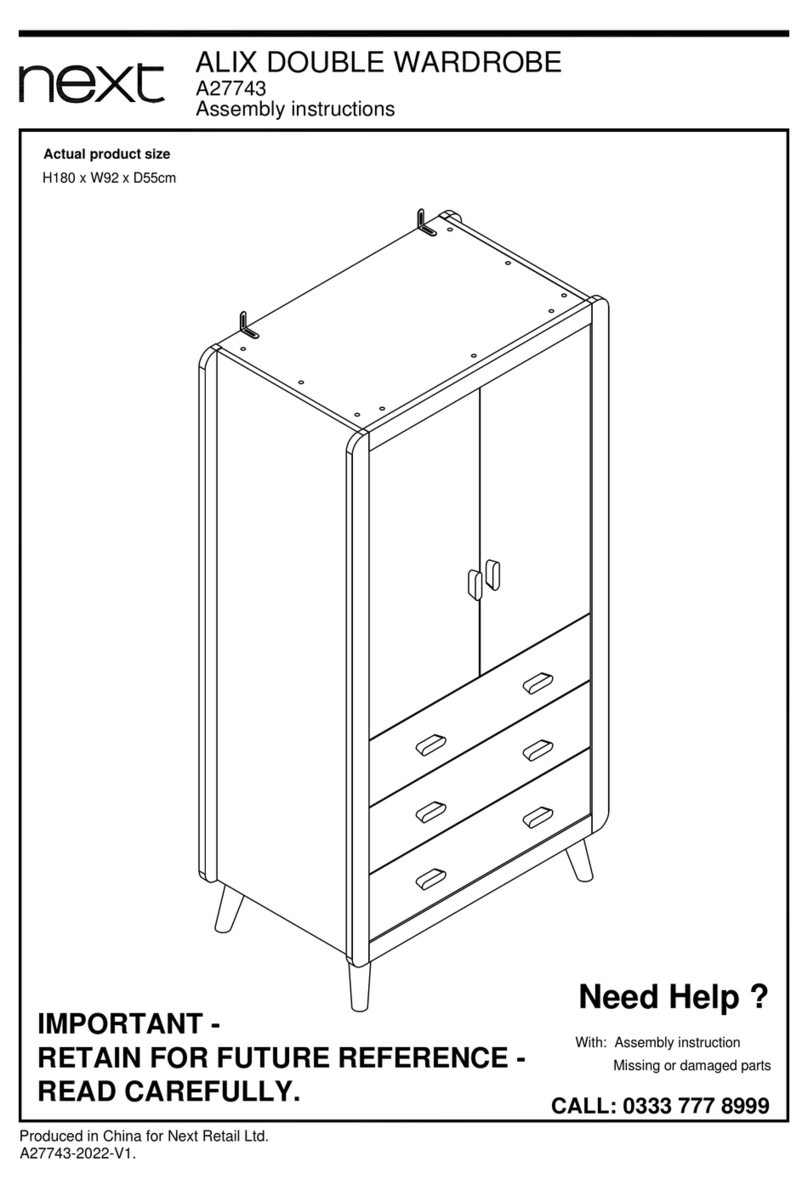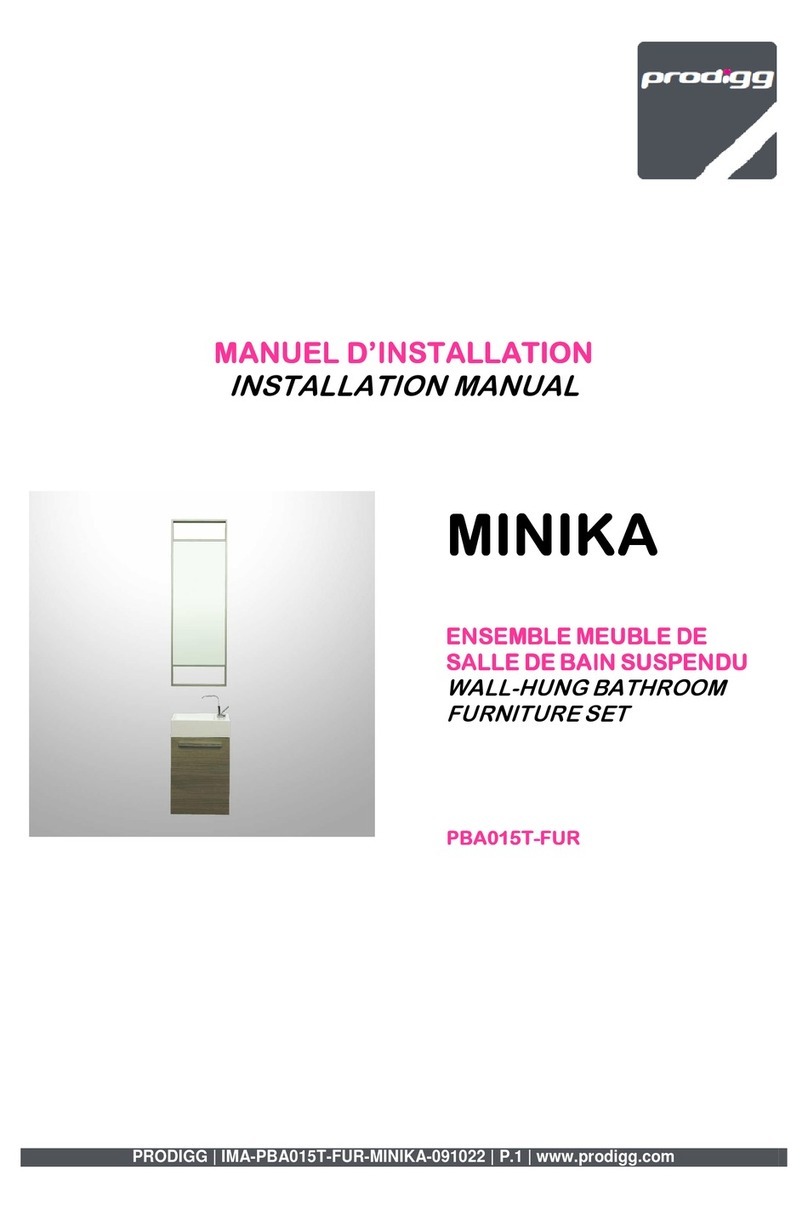
3
3
IMPORTANT SAFETY INSTRUCTIONS FOR THE
INSTALLATION
WICHTIGE SICHERHEITS ANLEITUNGEN FÜR DIE
INSTALLATIONEN
G
BD
- ATTENTION -
FOR THE SAFETY OF THE PEOPLE IT IS IMPORTANT TO FOLLOW ALL THE
INSTRUCTIONS.
1° - This handbook is exclusively addressed to the specialized personnel
who knows the constructive criteria and the protection devices against the
accidents for motorized gates, doors and main doors (follow the standards
and the laws in force).
2° - Before proceeding with the installation, the installer must forecast the risks
analysis of the final automatized closing and the safety of the identified
dangerous points (following the standards EN 12453/EN 12445).
3° - Before carrying out any installation, regulation or maintenance operation of
the system, take off the voltage by operating on the special magnetothermic
switch connected upstream it.
THE RIB COMPANY DOES NOT ACCEPT ANY RESPONSIBILITY for possible
damages caused by the non observance during the installation of the safety
standards and of the laws in force at present.
KEEP THESE INSTRUCTIONS WITH CARE
Data described by this manual are only Indicative.
RIB reserves to modify them at any time.
Install the system complying with current standards and regulations.
MAINTANANCE
Must be carried out every six months, only by authorized personnel in agreement
with the safety rules and with the manufacturer’s instructions.
- The safety accessories must be maintained in good and efficient conditions in
accordance with the manufacturer’s instructions.
- Verify the presence and readability of the original markings on the product.
- Replace the batteries when requested by the system (see the chart “IN CASE
OF DIFFICULTIES”).
- Clean the lenses on the transmitter and the receiver using a wet cloth.
- Check that the packaging containers and the bellows are intact. If they are
damaged, they must be replaced.
- Check the elasticity of the bellows by folding them and observing whether they
return to their original position.
- ACHTUNG -
FÜR DIE SICHERHEIT DER PERSONEN IST ES WICHTIG, DASS ALLE
ANWEISUNGEN GENAU AUSGEFÜHRT WERDEN
1° - Diese Betriebsanleitung dient ausschließlich dem Fachpersonal,
welche die Konstruktionskriterien und die Sicherheits-Vorschriften gegen
Unfälle für Tore, Türen und automatische Tore kennt (geltende Normen und
Gesetze beachten und befolgen).
2° - Vor der Installierung muss für die automatische Schließung und zur
Sicherheitsgewährung der identifizierten kritischen Punkte, eine Risiko
Analyse vorgenommen werden mit der entsprechenden Behebung der
identifizierten, gefährlichen Punkte. (die Normen EN 12453/EN 12445
befolgend).
3° - Vor jeglichem Eingriff, sei es Installation, Regulation oder Wartung der
Anlage, muss vorher die Stromzufuhr unterbrochen werden, den dafür
bestimmten Magnetthermo-Schalter drücken, der am Eingang der Anlage
installiert ist.
DIE FIRMA RIB ÜBERNIMMT KEINE VERANTWORTUNG für eventuelle Schäden,
die entstehen können, wenn die Installierungsvorschriften die den gültigen
Sicherheitsnormen entsprechen, nicht eingehalten werden.
INSTALLATIONSVORSCHRIFTEN BEACHTET WERDEN
Die in diesem Handbuch aufgeführten Daten sind ausschließlich empfohlene
Werte. RIB behält sich das Recht vor, das Produkt zu jedem Zeitpunkt zu
modifizieren.
Die Anlage muss in Übereinstimmung mit den gültigen Normen und Gesetzen
montiert werden.
PFLEGE UND WARTUNG
Das darf nur von autorisiertem Personal, in Übereinstimmung mit Sicherheits-
Vorschriften und Anweisungen des Herstellers, alle sechs Monate gemacht.
- Die Sicherheitsvorrichtungen müssen in einwandfreiem Zustand gehalten und
gemäß den Anweisungen des Herstellers verwaltet werden.
- Überprüfen Sie das Vorhandensein und die Lesbarkeit der ersten Markierung
des Produktes.
- Wechseln Sie die Batterien, wenn das System fragt (siehe Tabelle “IM FALLE
VON SCHWIERIGKEITEN”).
- Reinigen Sie die Linsen auf Sender und Empfänger mit einem feuchten Tuch.
- Überprüfen Sie die Unversehrtheit der Gehäuse und Bälge. Falls sie beschädigt
sind, müssen sie ausgewechselt werden.
- Prüfen Sie die Bälge auf ihre Biegsamkeit und stellen Sie sicher, dass sie in ihre
ursprüngliche Position zurückkehren.
